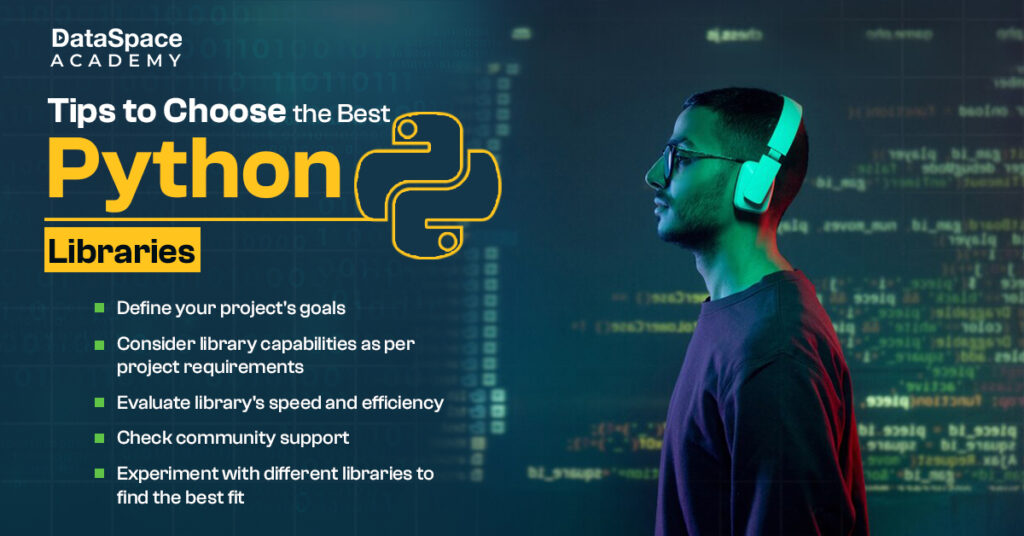Python, a versatile and user-friendly programming language, owes much of its popularity to its vast ecosystem of libraries. These pre-written code collections offer a plethora of functionalities, saving developers time and effort. From data manipulation and analysis to machine learning and web development,
Python libraries have become indispensable tools. In this blog, we'll explore Python libraries, understand their significance, popular choices, and how to select the right ones for your projects.
A Python library is essentially a collection of pre-written code designed to perform specific tasks.
Imagine building a house; instead of creating every brick from scratch, you use pre-made bricks. Similarly, libraries provide ready-to-use building blocks for your Python projects.
With a vast community of over 8 million programmers, there are innumerable libraries made for and by them to make coding in Python simpler.

Here is a curated
list of libraries in python:
To maximise the benefits of Python libraries, adhere to these best practices:
A Python library is essentially a collection of code modules that can be imported into other Python programs. When a library is linked to a program, the system extracts its functionalities and integrates them into the program's execution. This mechanism allows developers to reuse code efficiently without rewriting it.
import math
number = 25
square_root = math.sqrt(number)
print(square_root)
# Output: 5.0
In this code, the maths library is imported, and its sqrt function is used to calculate the square root of the number.
By understanding the core libraries and their applications, you can significantly enhance your Python programming skills. Enroll with DataSpace Academy’s popular
python certification course to learn working with python libraries from experts.
As you embark on your Python journey, explore different libraries, experiment with them, and discover the ones that best suit your needs.
Remember: The best library is often the one that aligns perfectly with your project's goals and your team's expertise. Happy coding!

 Here is a curated list of libraries in python:
Here is a curated list of libraries in python:

